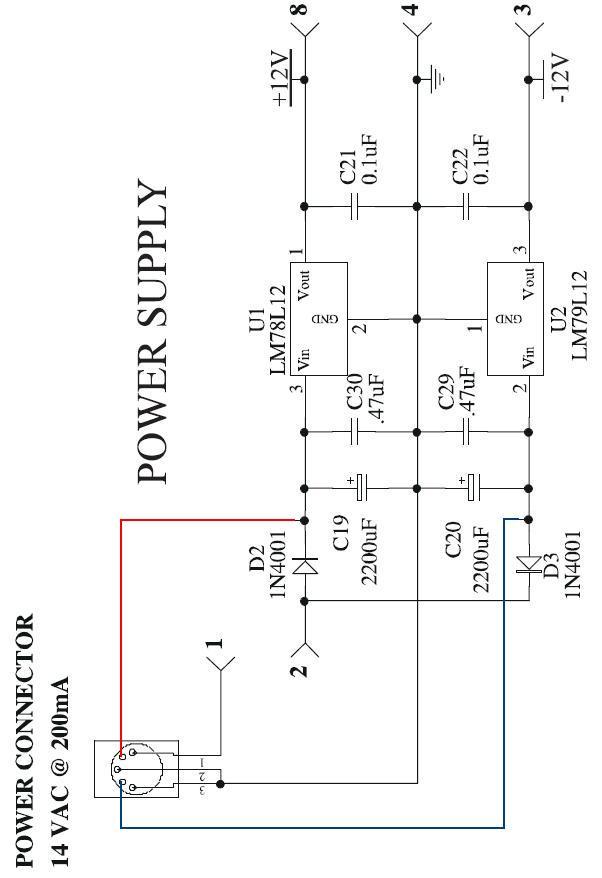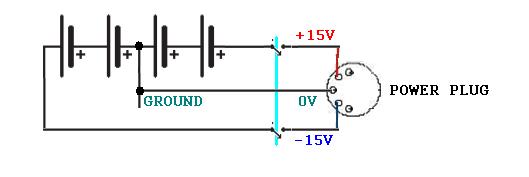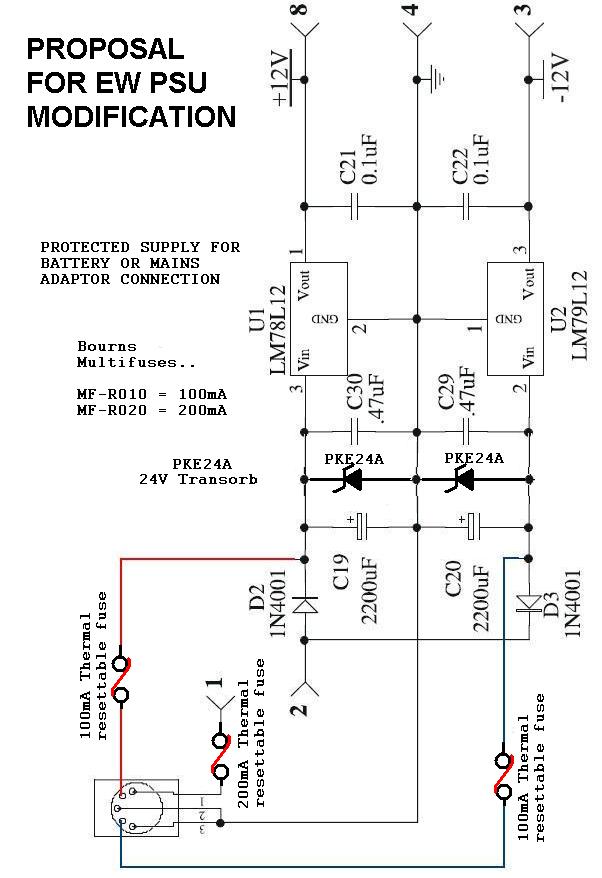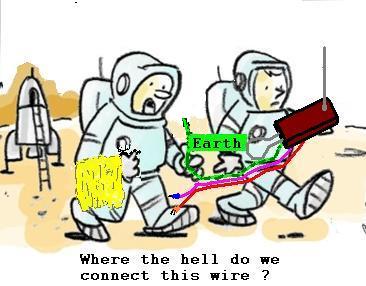>> Skip this if you arent confused ;-)
This threads title and history:
I moved my content here from a thread which went "wrong" and was later removed by the moderators.. The original thread was "Battery Supply for EW ?" and I created a new thread "Battery Supply for EW ? <filtered>" (this thread) into which I moved my postings, leaving the old thread which (IMO) contained a couple (2) of relevant / valuable postings from others (I can only move my posts - only moderators can move others)..
The original thread was deleted by the moderators, and this thread re-named to its present "Battery Supply for EW ? (condensed and meaningful posts)" by the moderators. I just wish to make this clear, so that nobody thinks I am declaring my posts to be "meaningful". ;->
<<
Here is where the not so "Meaningful" "introduction" stuff starts ;-) à
I have over the last few years had several enquiries about adapting the EW for use with batteries .. this is probably due to a thread I posted on (or started?) back in 2008..
I keep asking those who email me about this, to open a thread here on TW so that those with more hands-on expierience of the EW can get involved.. But this never happens.
So, I am pasting bits from some of these emails, and some from my replies / suggestions, here - and forcing the matter.. I dont want to continue one-to-one "support" on a matter about which I know little ..
Any ideas / suggestions I present are completely untested.. They are presented for purposes of possible discussion only.
"I am a member of thereminworld.com and was reading an old post of your from 2008 about
connecting 4 9V batteries to an Etherwave. I plan on doing some buskingsoon and would very much appreciate if you could elaborate on your instructions for this hook up. Perhaps there is even a more efficientsolution to providing battery power to the EW."
... The above is a typical request.. And the following is typical of my initial reply:
"Please post this question in ThereminWorld's construction forum.. I have given some advice on this matter to some Russian Thereminists - but rarely get any feedback from anyone for advice given (usually that's a good sign - if things go wrong people are quick to come back and complain, but rarely come back to say things are working, LOL .. That's just human nature! ;-)
Posting the question on TW will allow others to share their practical experience (I don't own a real EW) and If I reply to you there, the effort I spend is available to everyone.. It just seems a bit more worthwhile, as there must be many people with the same questions."
So here, in a nutshell - and for purposes of discussion, is the kind of suggestion I make:
Ok, first – I must just warn that I do not have a EW, have never messed with a real EW, and these suggestions of mine are merely that – I take absolutely no responsibility! I strongly advise you to post on the TW forum before you undertake any work or buy any components – There are many people there with hands on experience with the EW.
Also, I do not know the maximum current consumption of the EW – I expect it to be under 100mA per rail, but have not done the calculations, and I may be wrong – Thierry probably knows the answer off the top of his head!
****************************************************
And Here is where the "Meaningful" technical stuff starts ;-) à
So, looking at the Jameco list, the dual output +/- 15V SMPS look ideal – the DCW08A-15 is what I would pick – 9V to 18V input (no need for a pre-regulator if running from anything like a 12V battery or battery between 9V and 18V) and 267mA .. << If this is total current, as I suspect, that’s 133mA per rail>> (I have now seen that tis is per rail.. Plenty of current!) .. <<The DKE10A-15 Is a safer bet IF you don’t find out the EW consumption, and the DKA30A-15 will certainly provide enough oomph at 500mA per rail>>
(I HAVE JUST NOTICED THAT THE AC INPUT CURRENT IS 200mA, so the DCW08A-15 should be fine!
ADDED >> I advise putting a 500W 18V transorb on the input to the SMPS, and having a series resettable 250mA thermal "fuse" between the battery and the Transorb / SMPS... A unidirectional Pke series transorb will protect against reverse battery connection and overvoltage IF there is a fuse between it and the battery. <<
Below are all the instructions you should need to get started.. You might need to add some capacitors or a simple RC or LC filter on the output of the SMPSU if you get problems with noise. … But this is all the private advice I will be giving – If you want more detail, use the TW forum! … That way the time I spend (and have spent) can de of benefit to others.
This is the regulator section inside the EW:

And this is the modification you must make: Cut the connection between D2 and D3, and rewire the power socket as shown.. The power switch on the EW CANNOT BE USED! .. If you must have a power switch, you need to replace the existing switch with a double pole switch to disconnect both + and – connections!
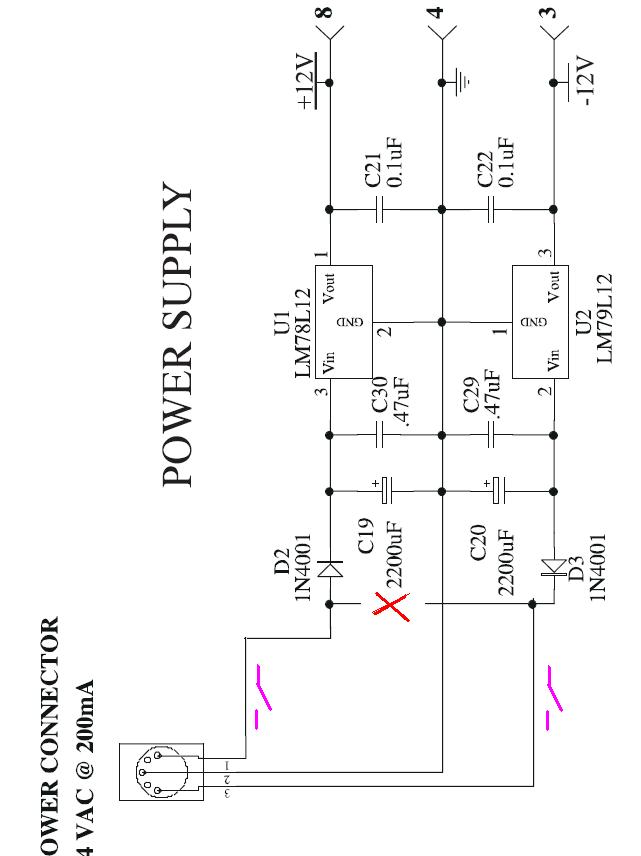
If you don’t want to cut the EW circuit board track, just de-solder the Anode of D2 and the Cathode of D3, Lift these out of the board, and solder the wires directly to them.. Or just lift one diodes leg out, and connect the socket to this and the original wire going to the switch ..
In fact, if you lift D3:K out, and put a link across the switch, disconnect the link from pin 2 to pin 3, and connect D3:K to pin 3, this may be easiest ...

This is the wiring for the SMPS, and the NEW WIRING for the mains PSU plug..
--------------------------------------------
A photo album has been created for this topic, please add any images there.. If anyone does actually implement this, it would be great to have some photos to guide others!
Over to the EW experts!
;-)



